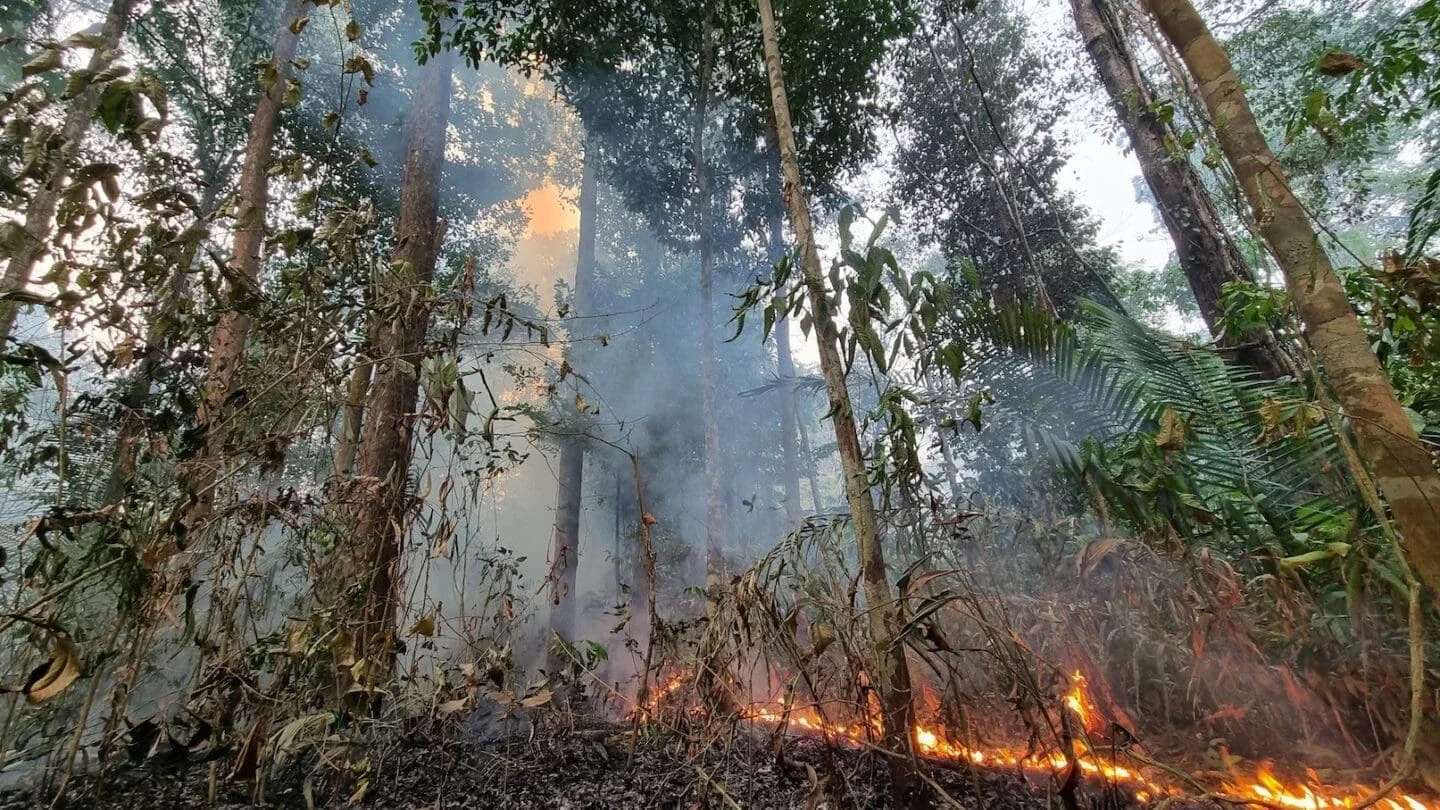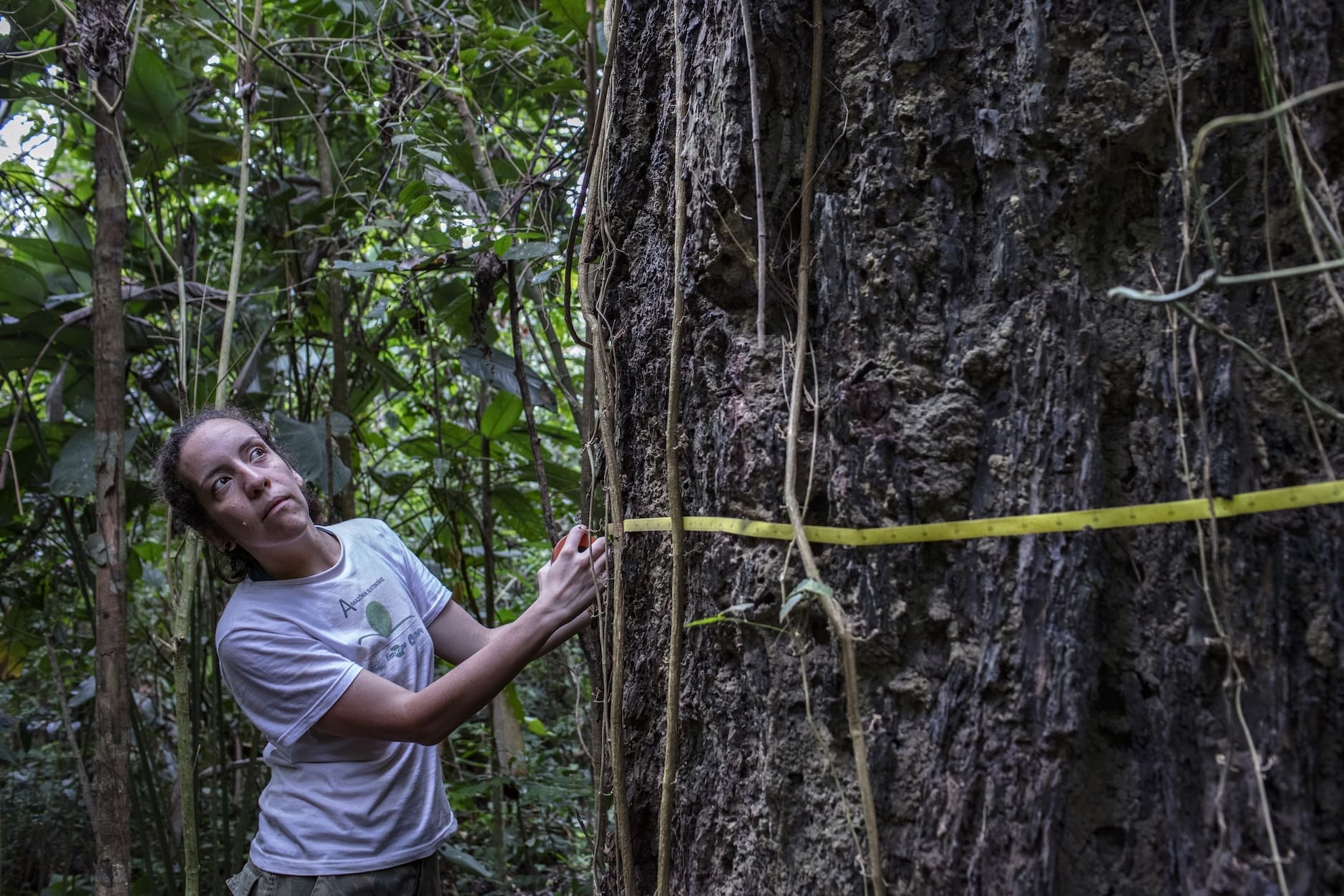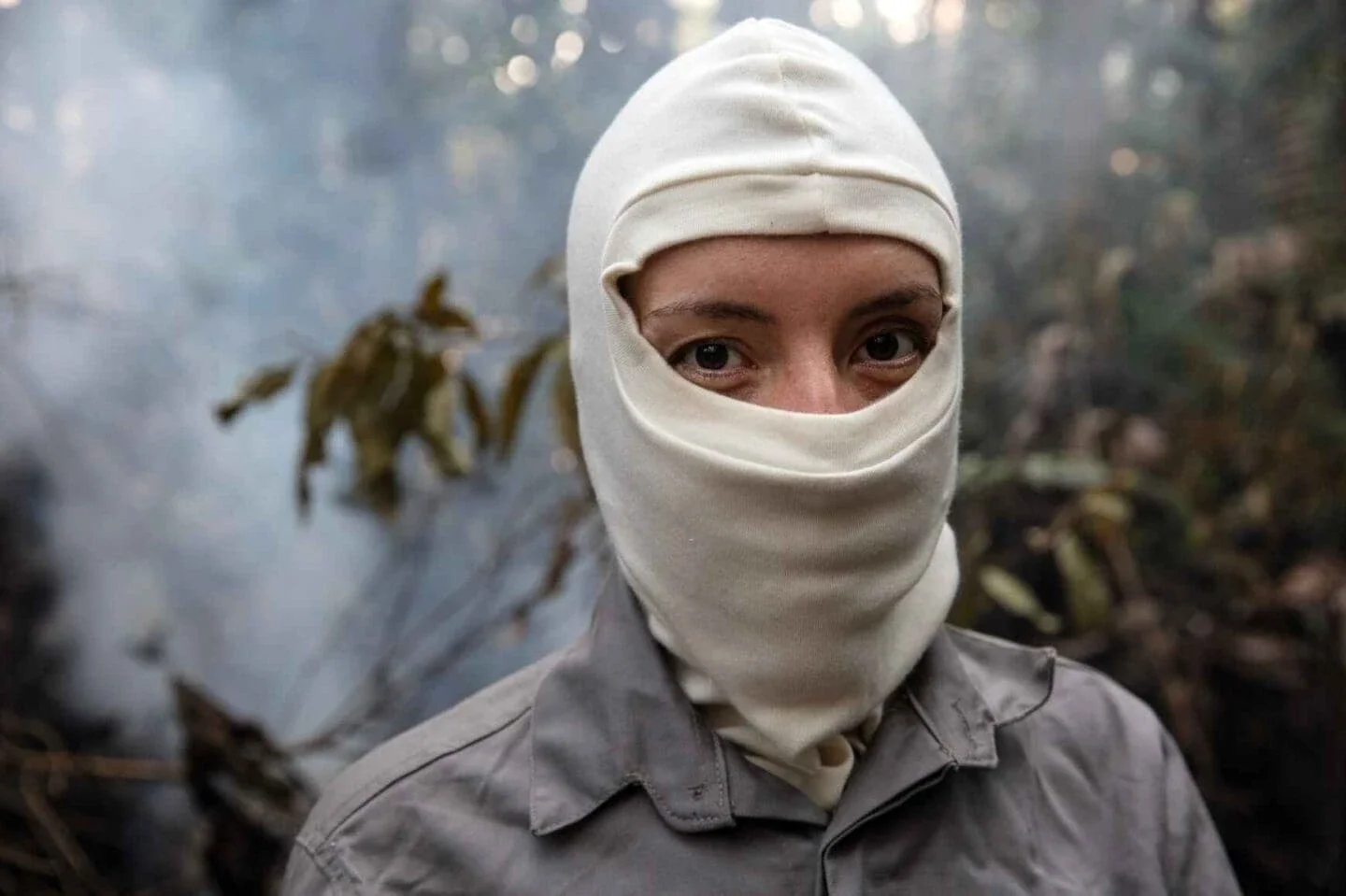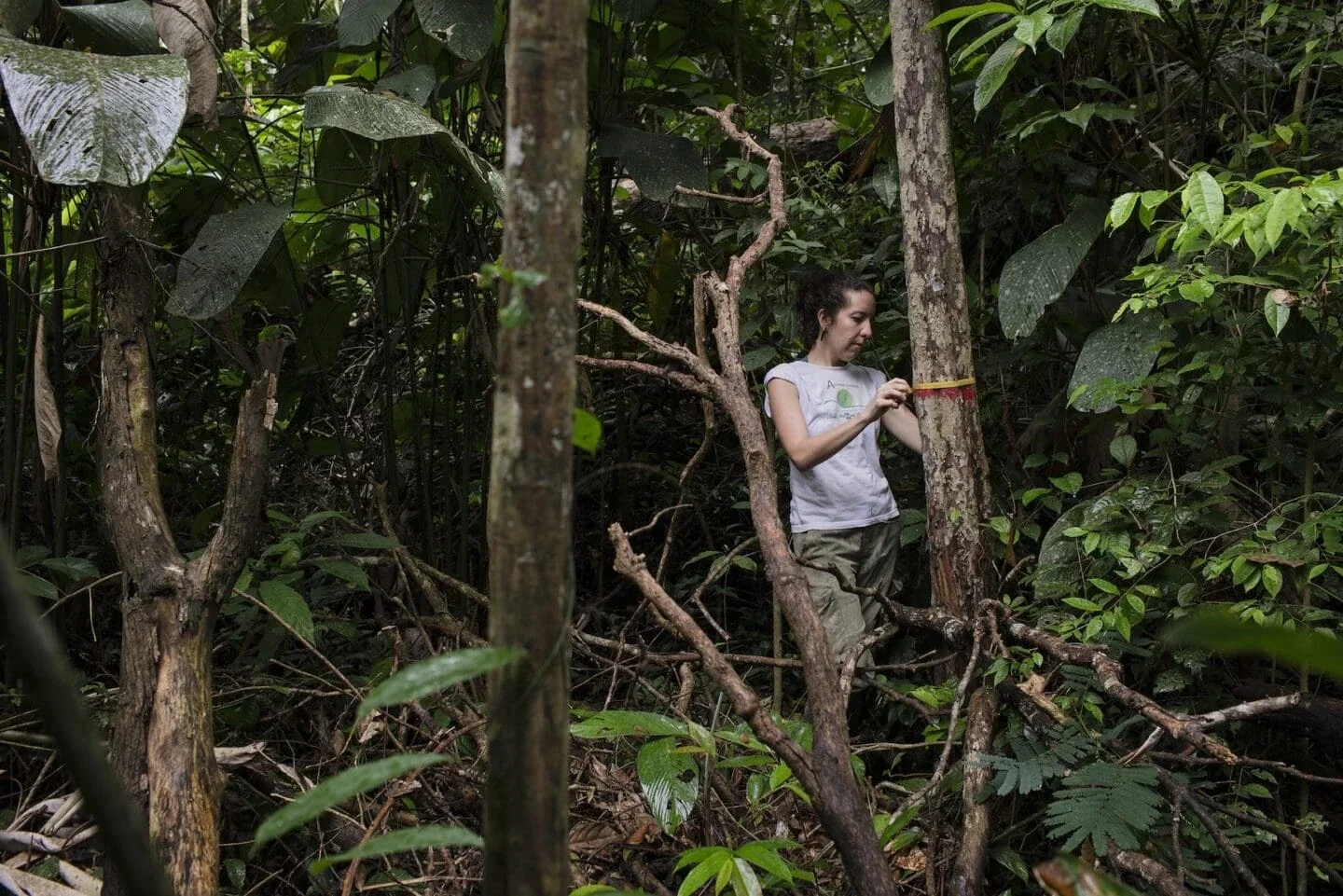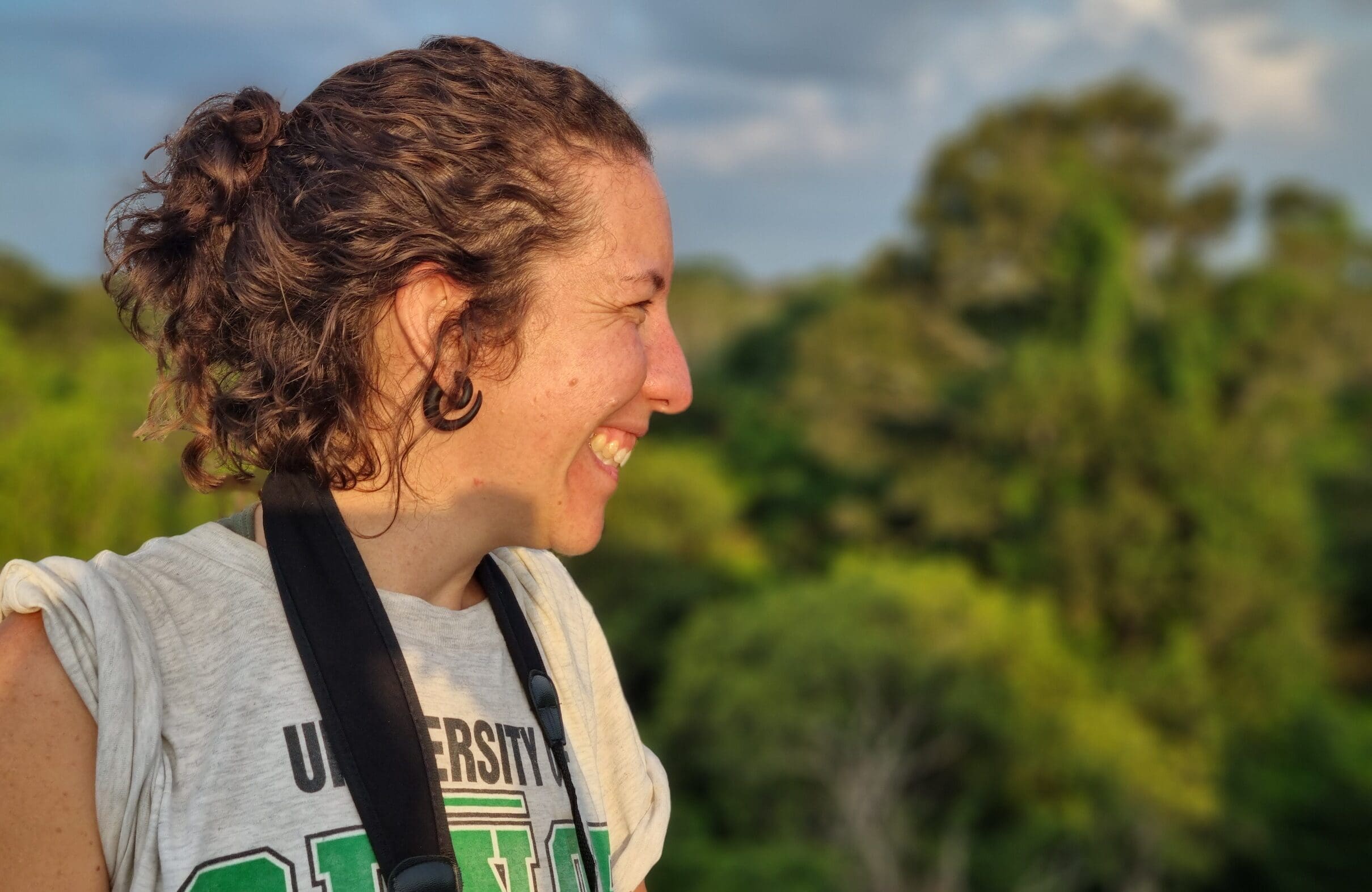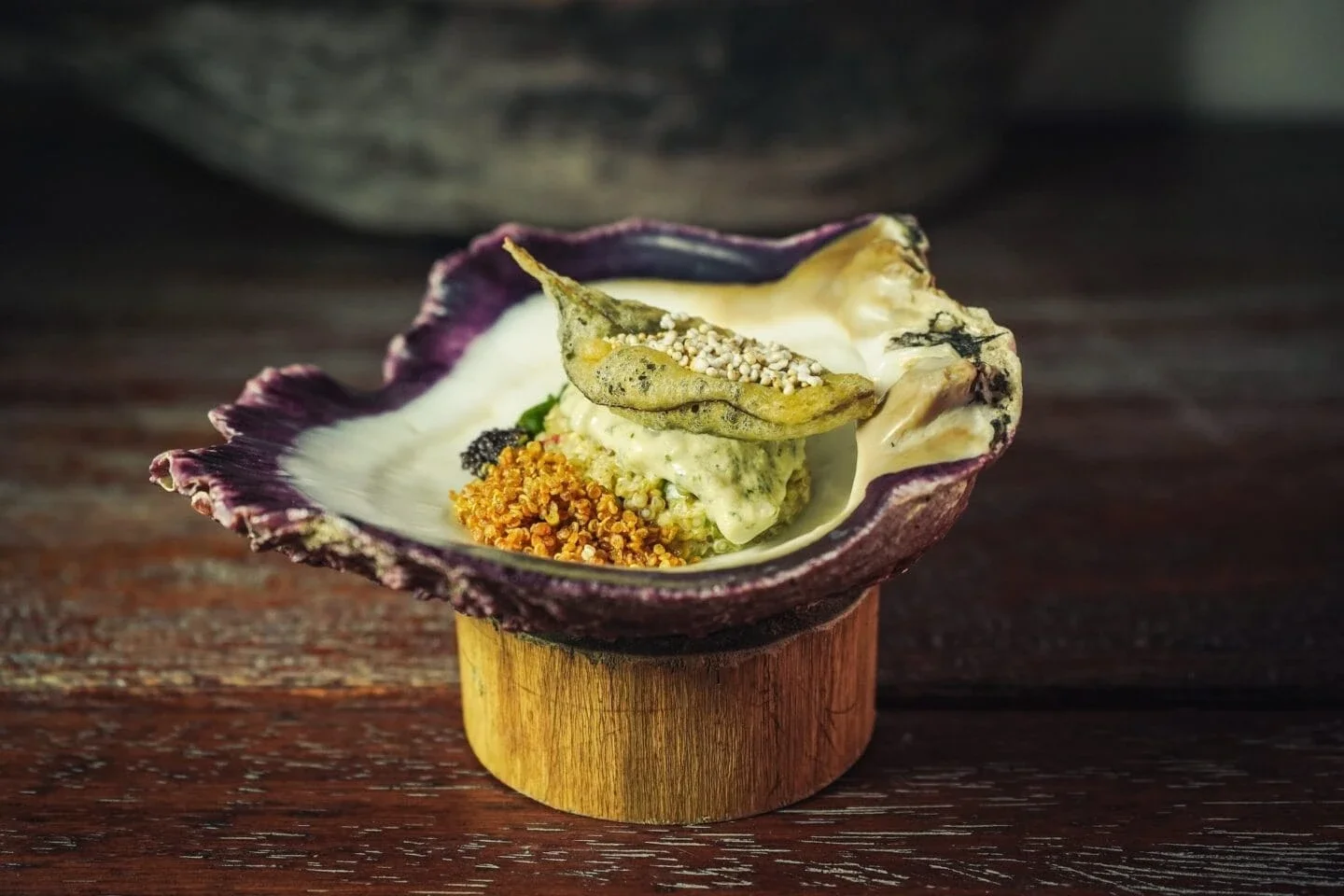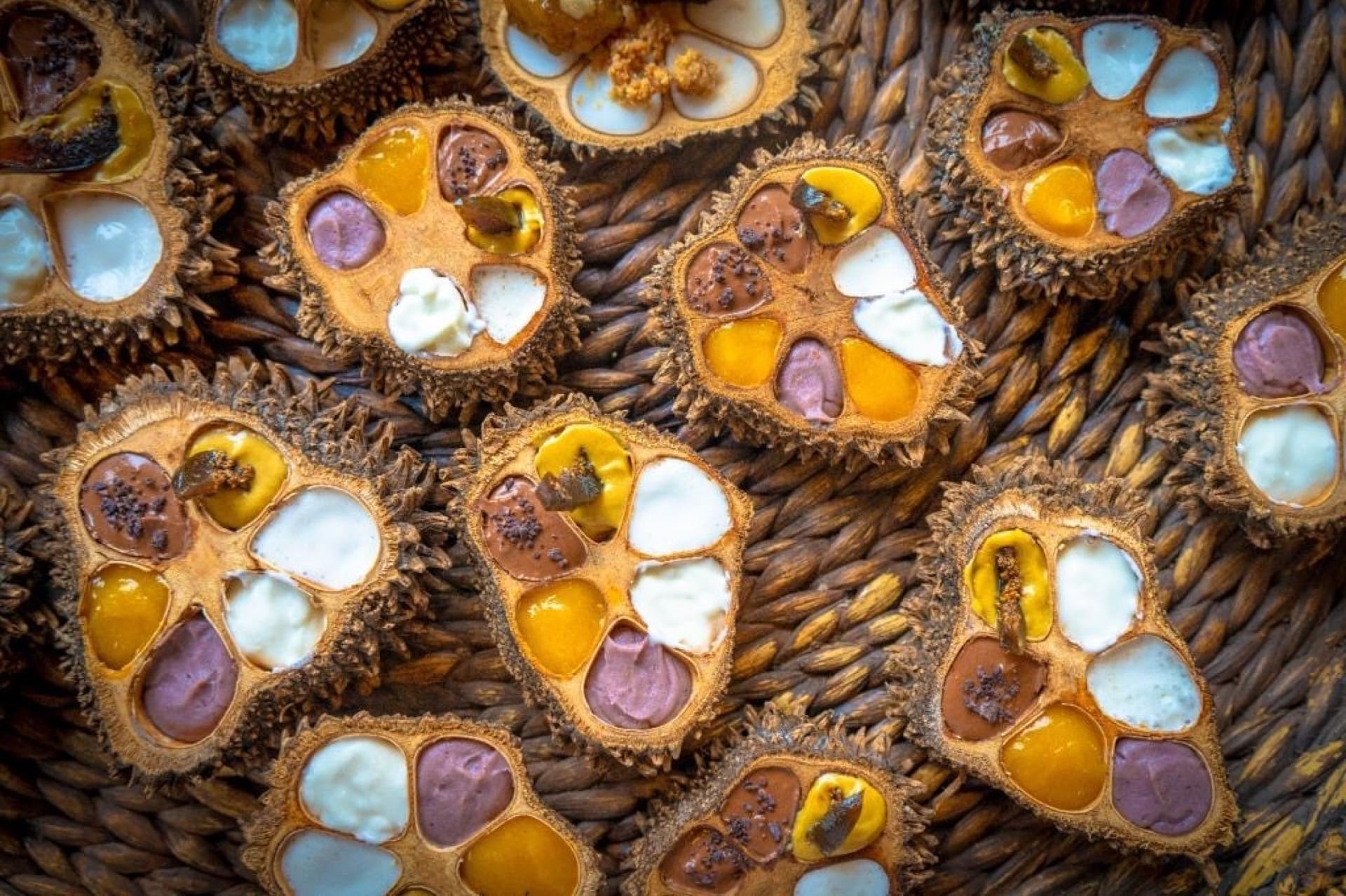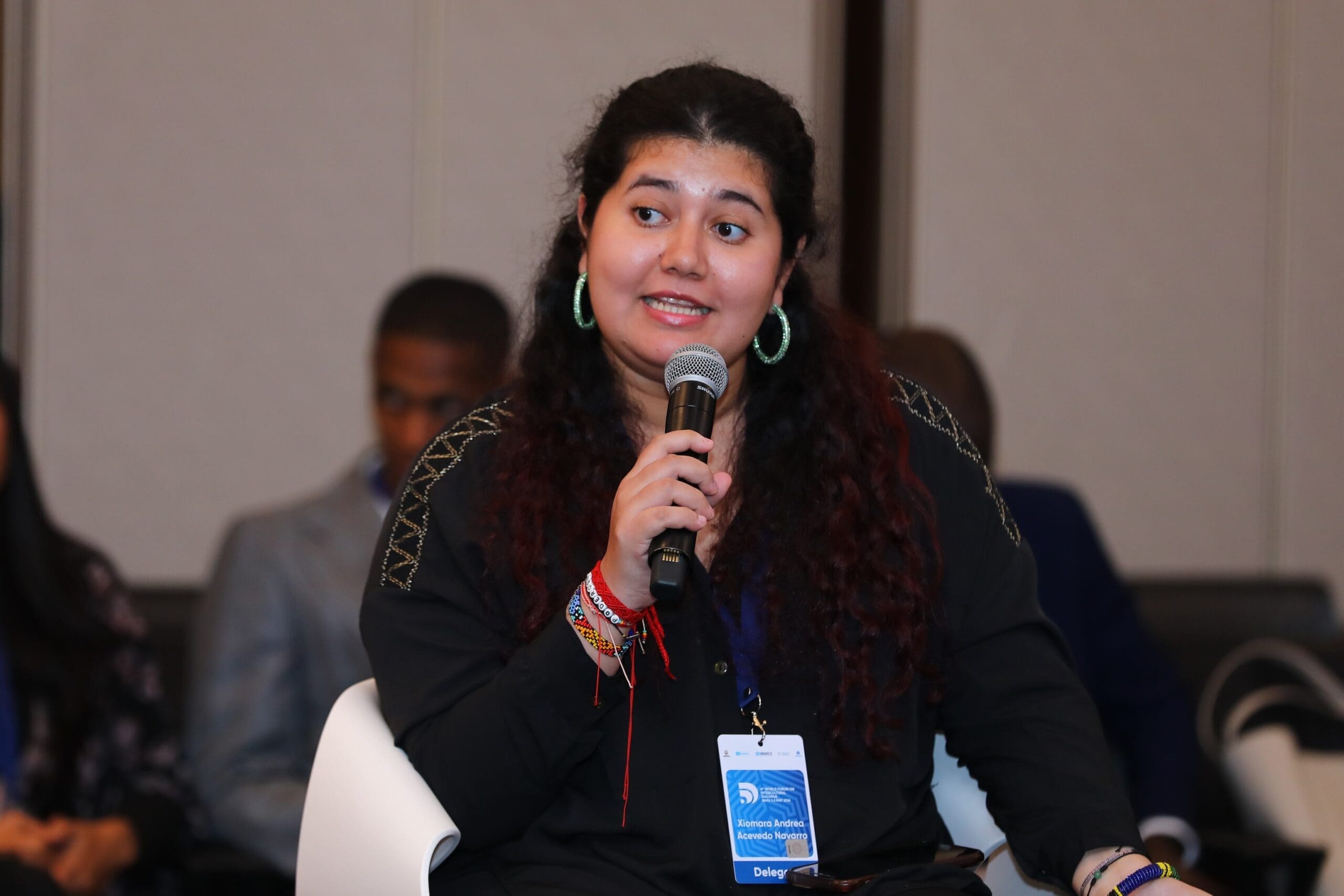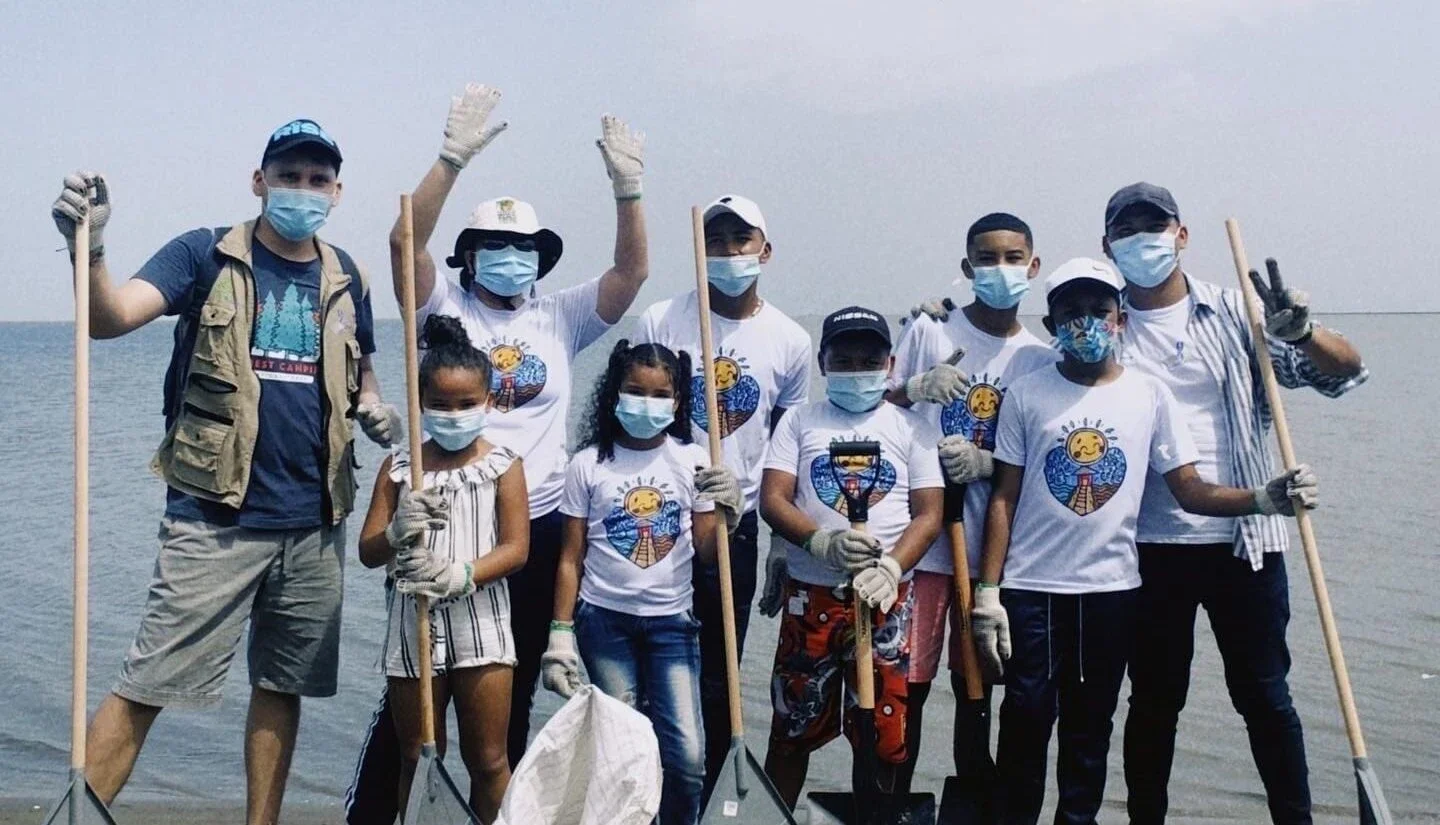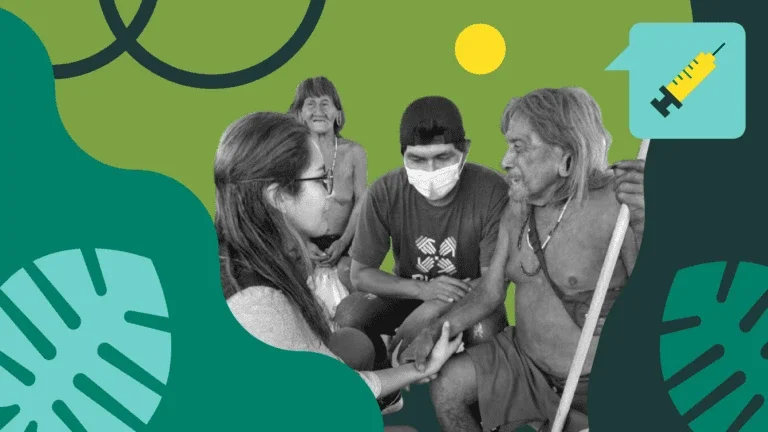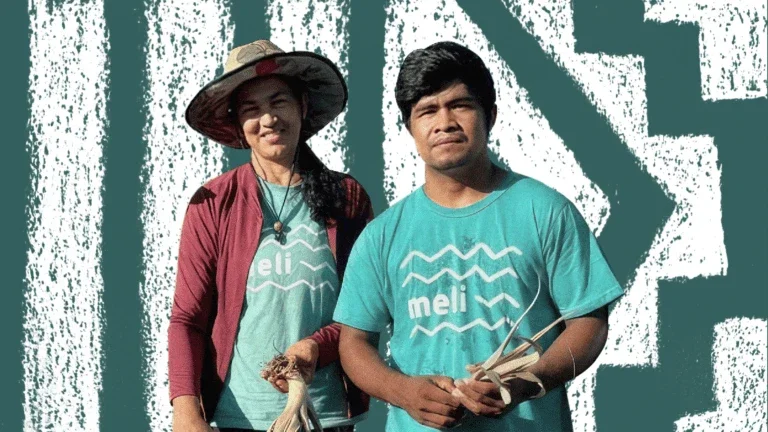Climate change is having a direct impact on my health.
Dr. Erika BerenguerScientistUniversity of Oxford and Lancaster University
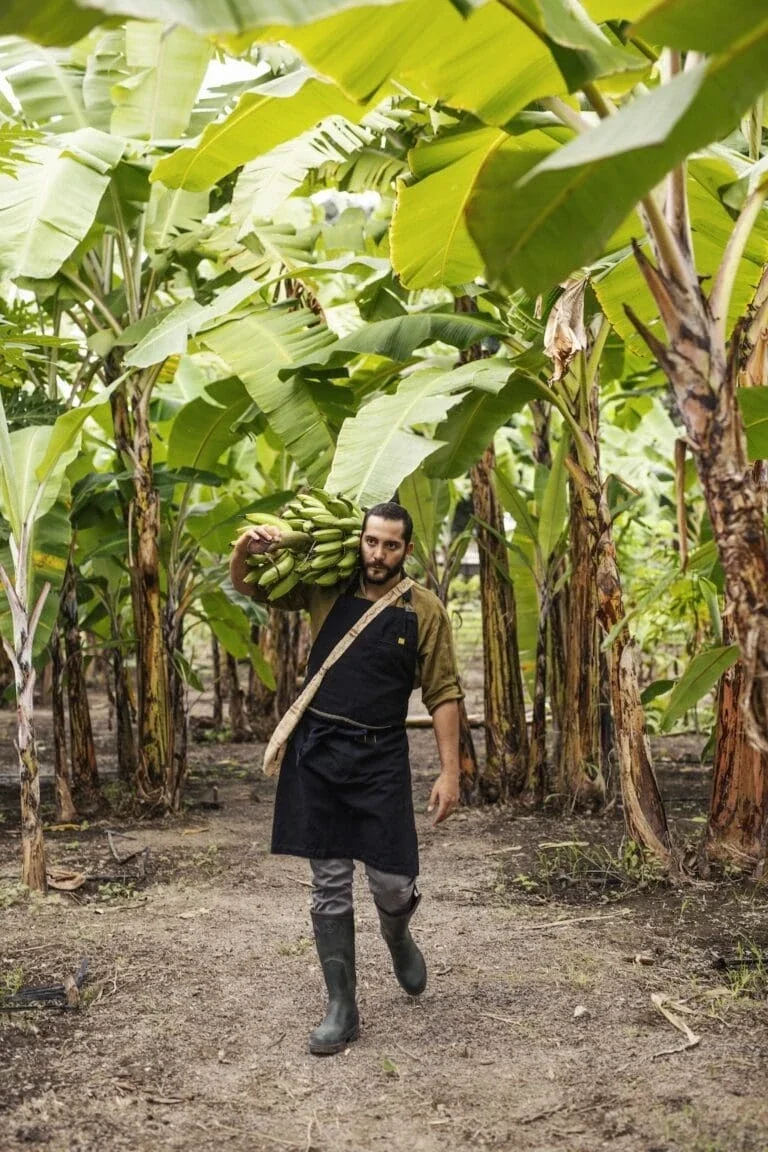
A Chef Cooks for Biodiversity
What is A Walk in the Piedmont Garua Forest?
Not a stroll, but a dish. A collection of delicacies designed by Ecuadorian chef Rodrigo Pacheco and placed inside the compartments of an edible tagua nut and sometimes served to patrons when they visit Bocavaldivia Restaurant in Puerto Cayo, on the rural coast of Ecuador’s Manabi Province.
Maybe instead of that, they will partake of a smoked oyster tart topped with fresh onion flowers, or a quinoa and wild herb salad, or Amazonian fish with plantain.
Before dinner, they might join Pacheco in what he calls his “cupboard” – the forest that surrounds the open-air restaurant and is home to more than 80 types of fruits, vegetables, flowers, roots, and seeds.
For nine years, Pacheco has been harvesting and serving sustainable food at Bocavaldivia. He says his guests have increased appreciation for biodiversity, cultural diversity and the need to protect the planet.
Now through the Bocavaldivia Foundation, he has launched a mission to connect ecosystems and create the Biodiverse Edible Forest, a corridor of land set aside to protect biodiversity, promote ecotourism, and encourage sustainable living.
“Gastronomy is a vehicle to convey an important message,” he said.
A good meal means a closed deal.
Rodrigo PachechoEcuadorian Chef
Why Are Women's Voices Crucial?
- 1.Climate change disproportionally impacts women, so their viewpoints need to be front and center. “Women are in the frontlines, but often not among the decision-makers," Acevedo said.
- 2.Women often take on the bulk of a community’s caretaking role, and may be best positioned to anticipate the concerns of a community’s most vulnerable members.
- 3.Women have a deeper recognition of power imbalances, and this leads to more inclusive practices is needed to center inequities while addressing climate change.
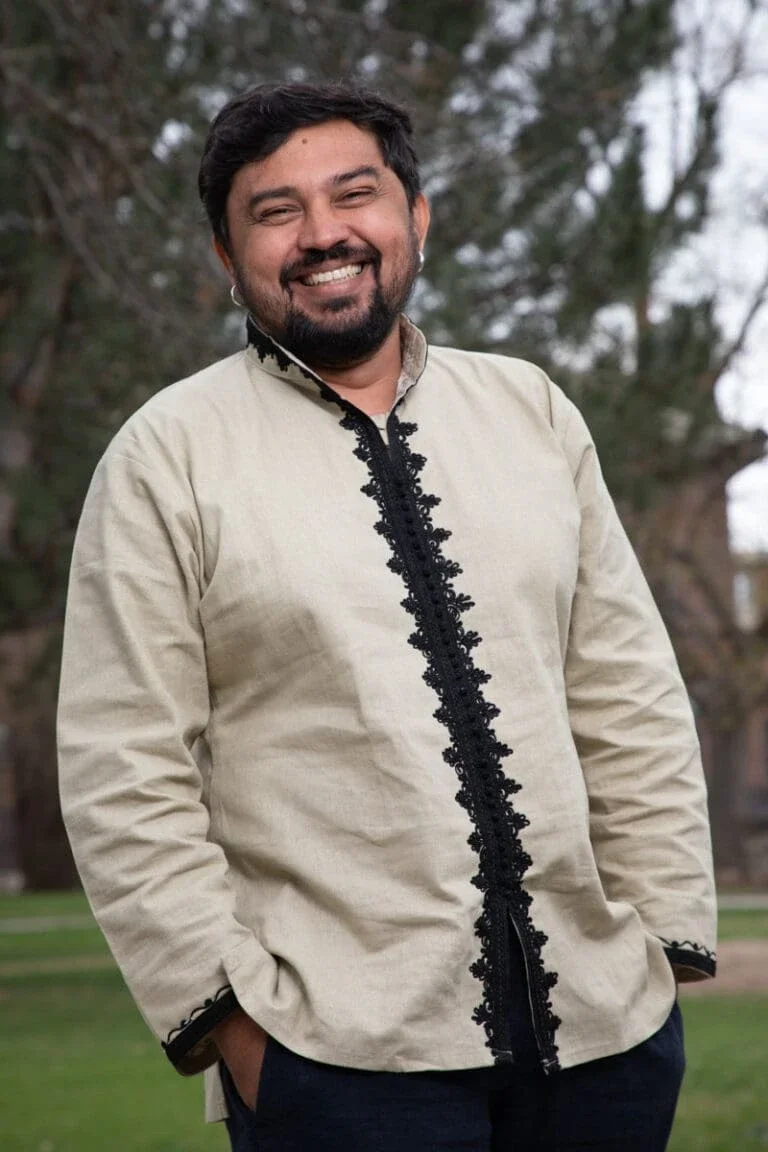
The Sound of Rain
The cicadas of summer. An ice cream truck’s jingle. The recess bell. These are among sounds that reignite a sense of childhood joy.
For young Carlos Magno growing up in a semi-arid region of northeastern Brazil, that special sound that hinted at something good to come was the drumbeat of rainfall.
“Until today, that sound makes me smile,” he said. “In the city where I live now, though, the response is very different. Rain is a problem here; it causes flooding and property damage and can even kill” as evidenced when 133 people died in 2022 landslides and flashfloods triggered by intense rainfall.
Magno is from Paraiba, an agricultural state some 600 kilometers (375 miles) from his current home in the city of Recife.
Generations of his family have farmed there, working as laborers on a large estate. He remembers helping his parents on the cotton fields starting when he was about 12 years old. When he reached young adulthood, farming in Paraiba no longer seemed to offer a viable life. His two siblings also left, all of them climate migrants.
His heart remains with Paraiba, though – it is still “home. So he is working with the Latin America Semiarid Platform to help create a cross-national strategy to scale technologies aimed at ensuring water, food, and land rights in territories where his parents still live, and across Latin America.
People don’t want to leave their homes. We have big challenges, but I believe we can change the reality together.
Carlos MagnoLatin America Semiarid Platform
More in this Matter of Impact Edition
The Isolated People are the Amazon’s Essential Climate Warriors
The Indigenous communities that favor isolation are critical custodians of biodiversity and guardians against the encroaching tide of climate change in the Amazon rainforest.
read more